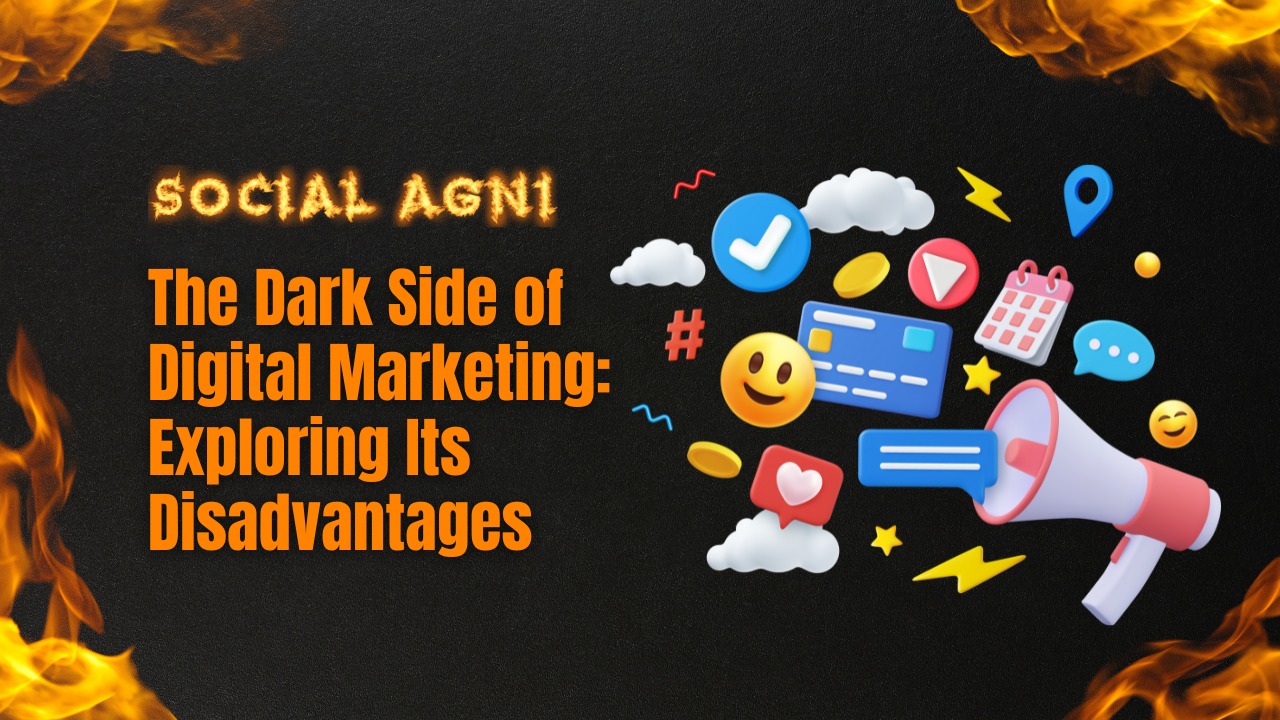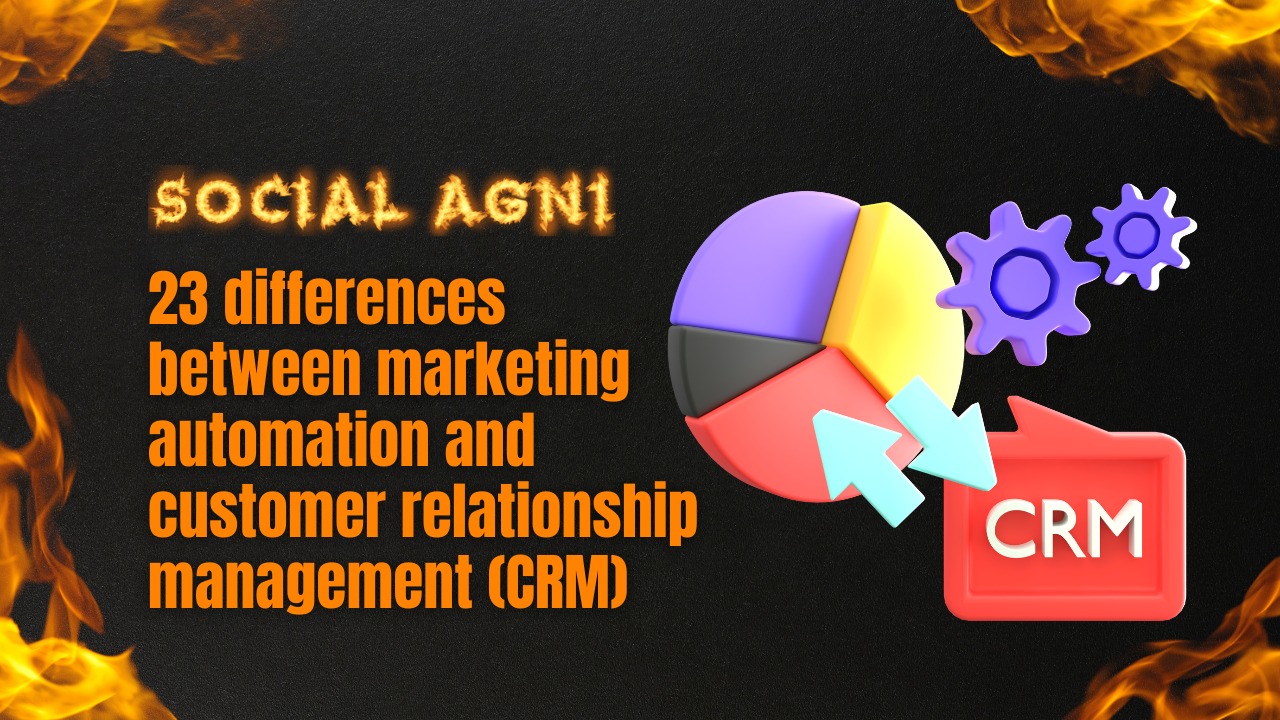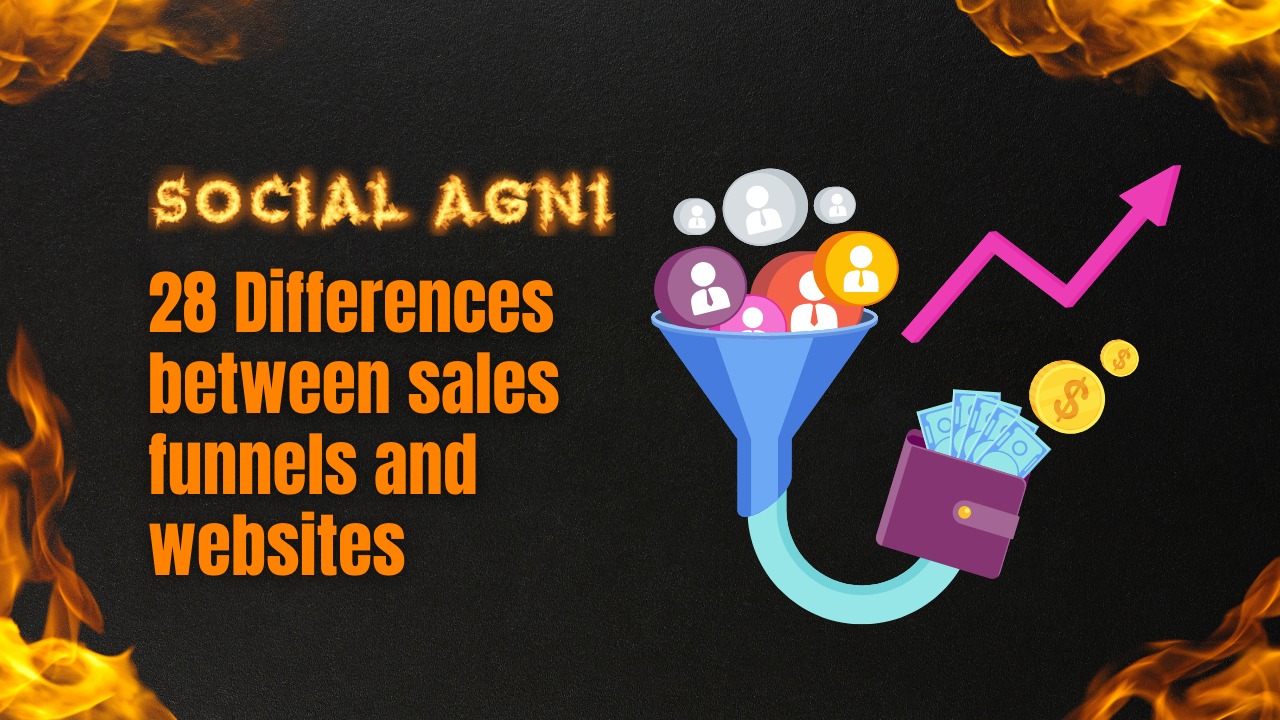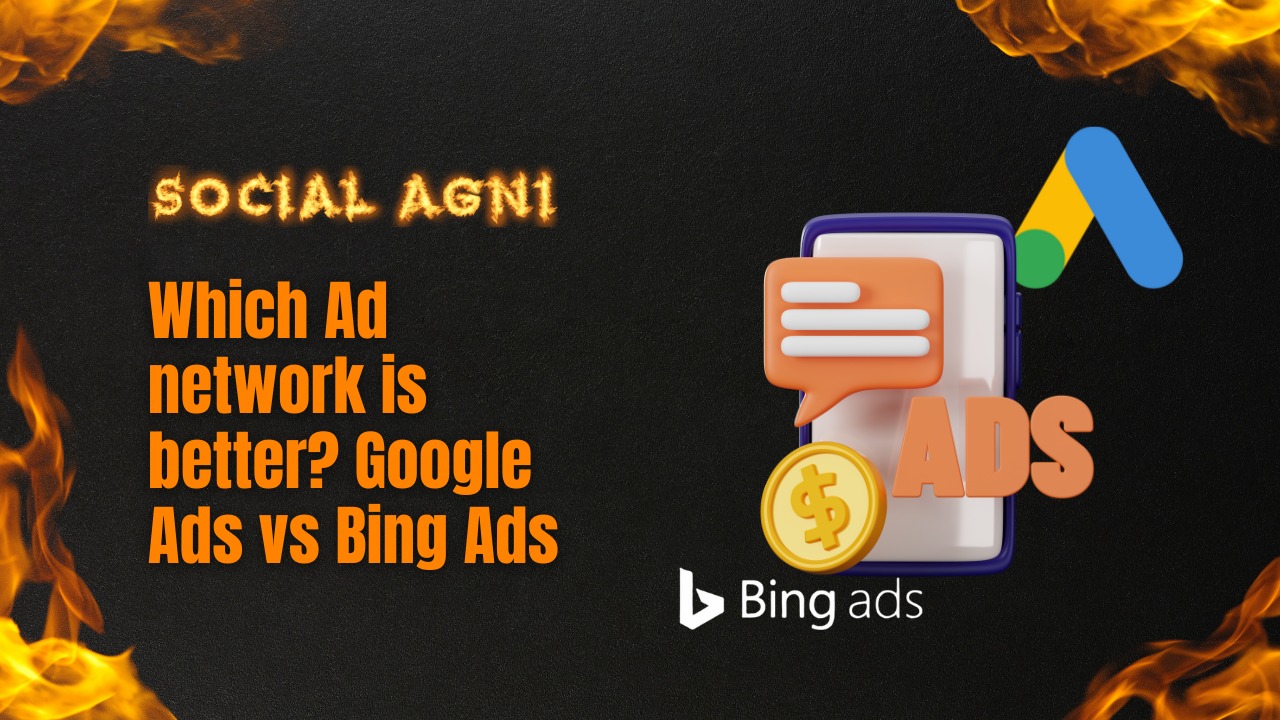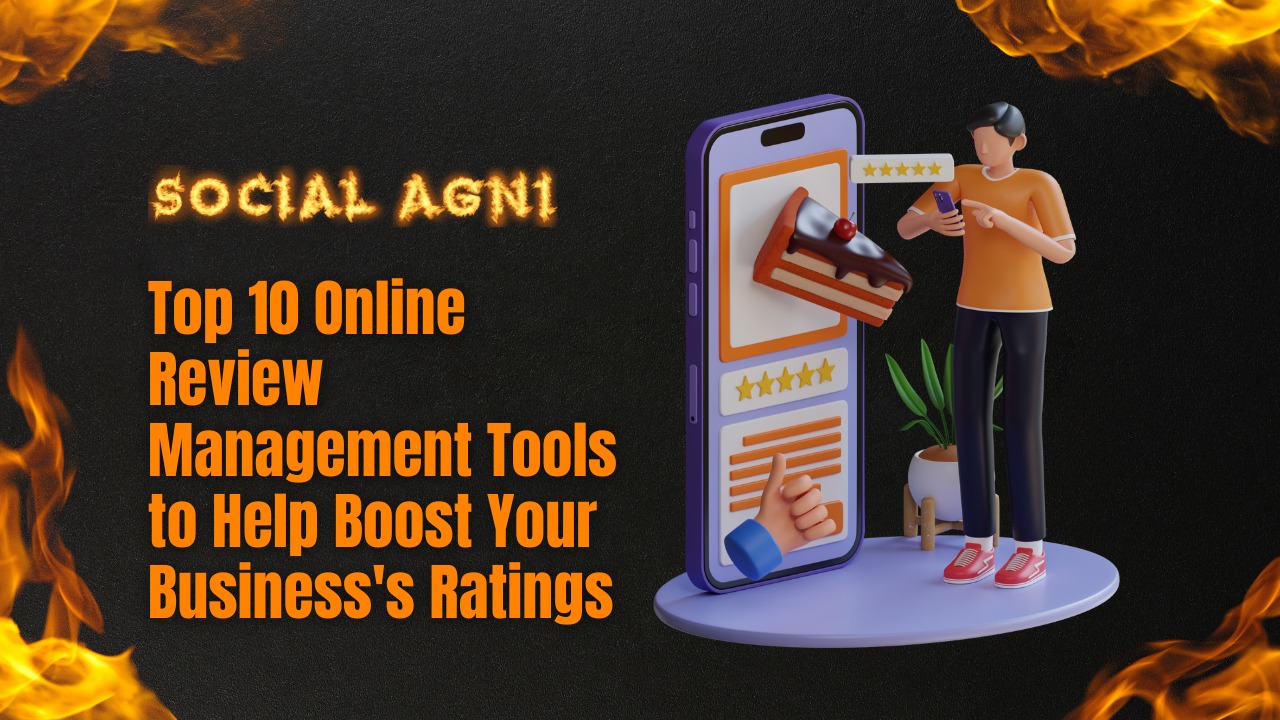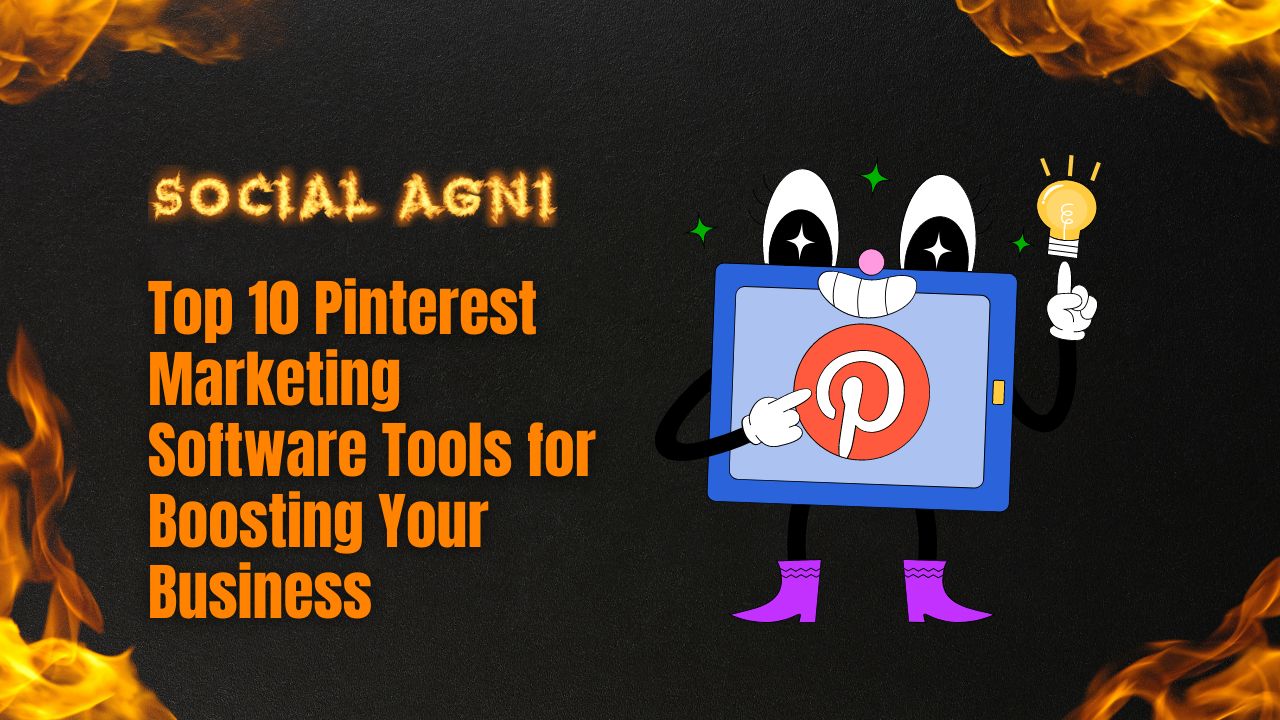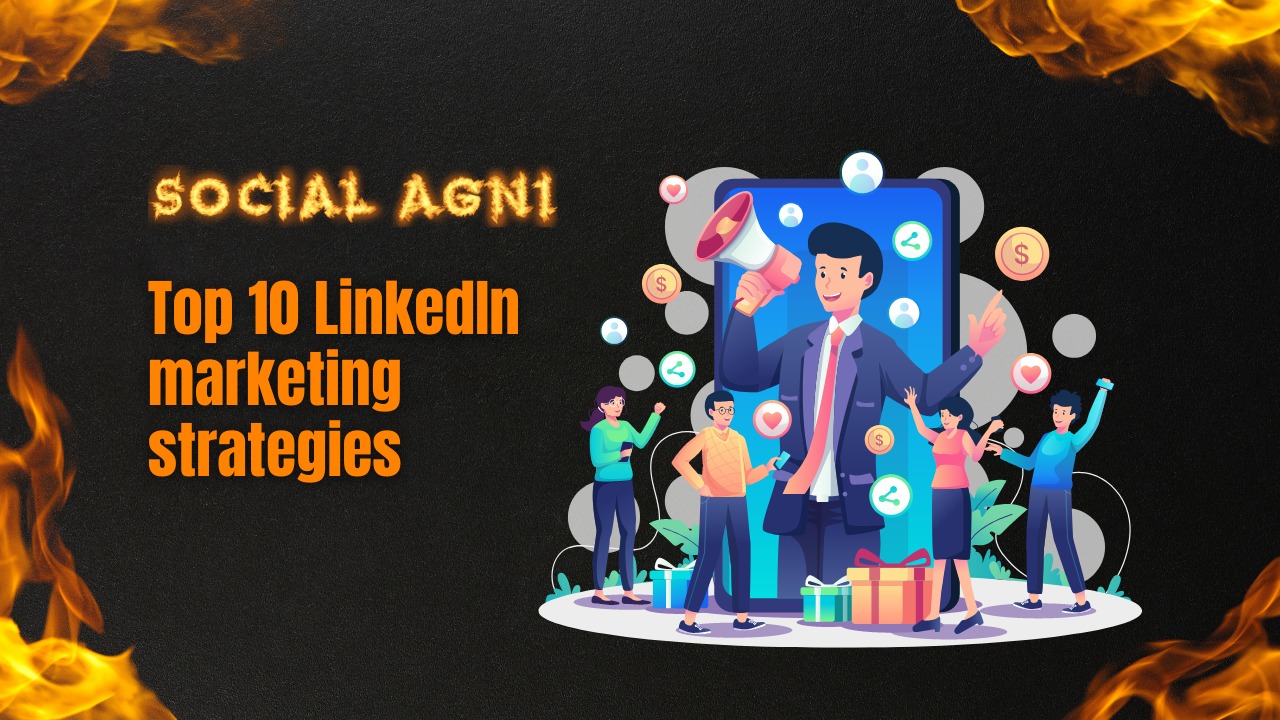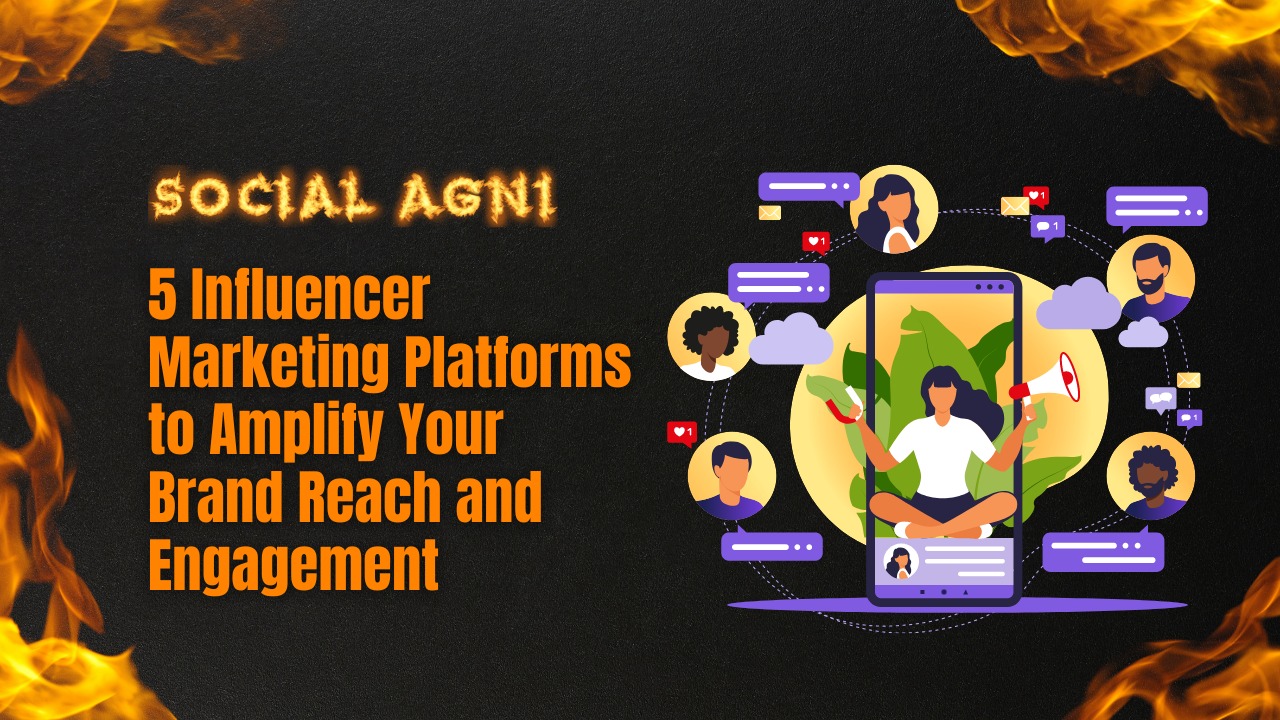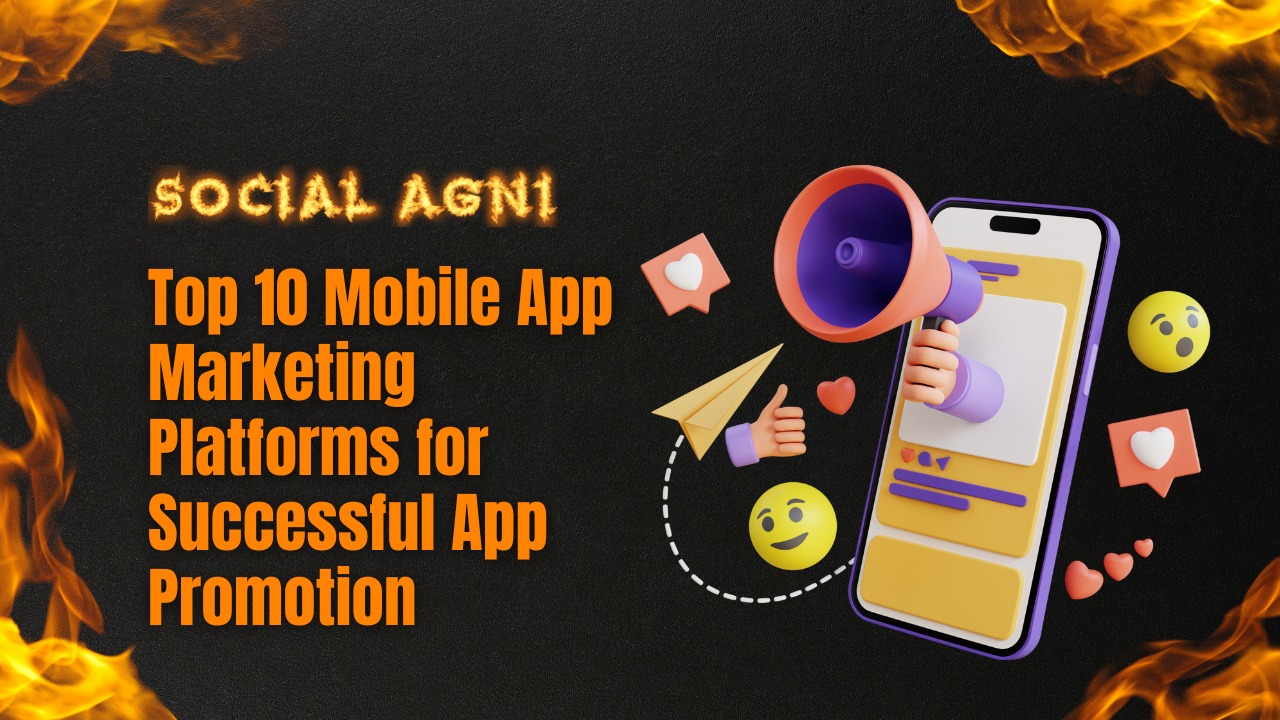Businesses today use digital marketing to reach their target audience and flourish. Digital marketing can reach a large online audience, build brand awareness, and generate leads. Digital marketing has many advantages, but its drawbacks—often overlooked—must also be considered. This essay explores digital marketing’s drawbacks to illuminate its dark side. Digital marketing has negatives, including privacy issues, data abuse, information overload, and customer fatigue. Understanding and tackling these drawbacks helps firms navigate the digital world and reduce risks.
Digital marketing privacy is a major issue. Consent and data protection emerge as firms collect user data. Targeted advertising, data breaches, and identity theft can result from misusing this data. As people become aware of these hazards, they want tougher rules and transparent data practices. Digital marketers also struggle with online information overload. Marketing communications from multiple businesses might overwhelm customers. Marketers lose customers due to overexposure to ads, emails, and social media.
Ad blockers and ad avoidance are another digital marketing drawback. Browser extensions and banner ad ignoring have helped consumers block bothersome adverts. This makes reaching and engaging target audiences difficult for enterprises. Digital marketing also lacks personal connection and trust-building potential. Online advertisements and brand authenticity can make it hard to build trust. Businesses must work harder to build trust and loyalty without a personal connection.
Online platforms can also impact brand reputation. Negative reviews may spread quickly, damaging a brand’s reputation and financial line. Online reputation management is crucial for businesses. Digital marketing further worsens the digital divide and accessibility difficulties. Many people have internet connection, yet they may lack the means or abilities to fully participate in the digital world. This makes reaching various audiences difficult for firms and highlights the need of digital marketing inclusion.
1. Privacy Concerns and Data Misuse
Consumers and companies are concerned about privacy in the digital age. Digital marketing uses personal data to target ads and customise experiences. This technique presents serious privacy and data abuse issues.
Digital marketers are concerned about collecting personal data without consent. Users are ignorant of how much data firms gather and utilize. Lack of openness erodes confidence and poses data gathering ethics problems. Digital marketing also faces data abuse. If not safeguarded, names, email addresses, surfing history, and sensitive data might be stolen. Identity theft, financial fraud, and illegal account access might result.
User data-targeted advertising presents privacy problems. Personalization may improve user experience but sometimes seem intrusive and exploitative. Knowing that their internet actions are continually scrutinized may make consumers feel out of control over their data. The EU’s General Data Protection Regulation (GDPR) reflects rising data privacy concerns. These policies provide individuals more control over their data and make firms accountable for appropriate data handling.
Businesses must emphasize openness and consent when collecting and using personal data to address privacy concerns. Protecting sensitive data requires encryption, secure storage, and access controls. Businesses could also use privacy-by-design to include privacy into their digital marketing efforts. This includes clear privacy rules, opt-in/opt-out methods, and express consent before collecting and utilizing personal data.
Businesses may build customer confidence by emphasizing privacy and using ethical data practices. Consumer privacy protects rights and boosts brand trust. Digital marketing’s biggest drawbacks are privacy and data abuse. Consumers should be concerned about the gathering and use of personal data without authorization, data breaches, and targeted advertising.
Businesses must prioritize openness, consent, and data responsibility to counteract these disadvantages. They can create trust, strengthen consumer relationships, and manage the changing digital marketing landscape while preserving user privacy.
2. Information Overload and Consumer Fatigue
Daily information and marketing messages overwhelm customers in the digital era. Digital marketers struggle with information overload, which may weary consumers and reduce campaign efficacy. Digital channels and platforms provide businesses several ways to contact their target audience. Brands are finding it harder to stand out in a sea of content and marketing communications.
Information overload happens when people are overwhelmed with information. Thus, internet material may overwhelm, fatigue, and annoy customers. This might cause “content shock,” which desensitizes people to marketing messaging.
Consumer weariness results from information overload and continual marketing. Consumers become tired of excessive advertising, emails, social media postings, and sponsored material. Ad blindness can result from weariness. Digital marketers must consider information overload and customer fatigue. Their well-crafted words may not be heard. Traditional marketing methods that interrupt and repeat might increase customer weariness and lower brand engagement.
Digital marketers must focus quality over quantity to avoid information overload and customer fatigue. Some ideas:
Personalization: Tailor marketing to individual requirements. Relevant content helps companies stand out and grab consumers’ attention.
Targeted Segmentation: Segment the target audience by demographics, habits, and preferences. This enables more targeted and tailored messaging.
Stuff Curation: Instead of bombarding consumers with stuff, curate high-quality, relevant content. This builds brand trust and credibility.
Optimal Timing: Optimize marketing communication timing and frequency. Understanding customer engagement patterns helps reduce tiredness.
Diversified platforms: Use many digital platforms to reach your audience. Diversify your marketing plan to reach customers where they are most engaged and responsive.
User Experience: Use UX design to make digital marketing materials easy to use. User satisfaction reduces weariness and boosts engagement.
Digital marketers may overcome information overload and consumer weariness by using these methods to create more meaningful and engaging customer experiences.
Finally, information overload and customer tiredness hurt digital marketing. Desensitization, lower engagement, and bad brand views can result from excessive material and promotion. Businesses may overcome these hurdles and develop more meaningful audience relationships by prioritizing personalisation, targeted segmentation, content curation, appropriate timing, diverse channels, and better user experience.
3. Ad Blockers and Ad Avoidance
Ad blockers and ad avoidance have become a major issue for digital marketers in an age where digital advertising is important to marketing efforts. Digital marketing initiatives are being hampered by consumers blocking web ads.
Ad Blockers
Software or browser extensions that block website advertisements. These programs prevent ad scripts, banners, and pop-ups to simplify and ad-free browsing. Digital marketers have a challenge when a large section of their target audience blocks ads.
Ad Avoidance Techniques
Besides ad blockers, people have created several ways to avoid internet ads. Banner blindness occurs when viewers overlook banner adverts because they are familiar and irrelevant. Users may also bypass adverts by fast-forwarding video commercials or scrolling over social media ads. These avoidance methods reduce digital marketing exposure and impact.
Ad blockers and ad avoidance have grown due to numerous factors:
- Intrusiveness: Online advertisements can be annoying or irrelevant. Ad blockers have become popular since people want uninterrupted browsing.
- User Experience: Ad-heavy websites with sluggish page loading times and too many pop-ups might annoy users. Ad blockers improve webpage speed and clutter.
- Privacy Concerns: Online advertising tracking and data collecting worries some customers. Ad blockers safeguard privacy and personal data.
Digital marketers may use these tactics to reduce ad blockers and ad avoidance:
Native Advertising: Native advertisements mix perfectly into a website or platform’s content, making them less invasive and more noticeable to ad-blind consumers.
Influencer marketing: Working with popular influencers and content producers can reach target audiences in a more organic and engaging way than standard ads.
Material Marketing: Creating meaningful and informative material that meets customers’ demands may attract and engage audiences without traditional advertising.
Targeted and Personalized advertising: Tailoring advertising to the target audience’s tastes and behaviors might help them pay attention and avoid ad avoidance.
Diversified Marketing Channels: Ad blockers may make display advertisements less effective. Social media, influencer partnerships, SEO, and email marketing may vary the marketing approach and reach consumers through numerous touchpoints.
Ethical and Non-Intrusive Advertising: Prioritizing user experience and respecting customer preferences may develop trust and lessen the urge to block or avoid commercials.
Digital marketers must adapt and develop new ways to reach their target demographic. Marketers may overcome ad blockers and ad avoidance by using alternate tactics, offering quality content, and respecting user preferences.
4. Lack of Personal Connection and Trust
Digital marketing lacks human touch and makes it hard to build audience trust. Businesses struggle to create meaningful relationships with customers online, which may hurt brand reputation and loyalty.
Impersonal Nature
Digital marketing focuses on transactional, impersonal internet networks. Brands and audiences are physically and emotionally distant, unlike face-to-face contact or traditional marketing methods. Businesses can’t build trust and loyalty if this prevents human connections.
Trust Issues
Any firm must build trust, but it’s harder online. Online ads, promotional emails, and sponsored material may raise issues about legitimacy, frauds, and misinformation. Online frauds and fraud can make people distrustful.
Online Reputation Management
Customers can share their thoughts online. Positive reviews and testimonials may assist businesses, while bad comments can hurt them. Negative reviews may quickly damage a brand’s reputation and confidence. Businesses must manage internet reputation to combat unfavorable opinions.
Businesses may use these methods to overcome the absence of human connection and develop trust in digital marketing:
Authentic and Transparent Communication
Digital marketing should be honest and transparent. Sharing product, service, and brand values builds credibility and trust. Consumers prefer transparent communication.
Customer Engagement and Interaction
Digital marketing should be two-way. Social media, interactive content, and consumer feedback enable meaningful connections. Responding quickly and honestly to consumer inquiries develops trust.
Influencer Marketing and User-Generated Content
Influencer marketing and user-generated content may boost credibility and trust. Influencers may connect companies and customers with genuine endorsements. Reviews and comments from delighted customers may boost trust.
Social Proof & Testimonials
Customer testimonials, case studies, and industry awards increase trust and credibility. Highlighting good experiences and comments from delighted consumers helps future buyers feel secure in their brand choice.
Personalized Customer Experiences
Businesses may strengthen customer relationships by personalizing digital marketing. Businesses may show they understand and respect consumers by providing relevant and tailored information, offers, and suggestions using customer data and preferences.
Consistent Brand Voice and principles
Upholding key principles across all digital marketing platforms builds trust and brand identification. Consistency fosters trust and long-term consumer connections.
These techniques help firms bridge the gap between digital marketing’s impersonality and the requirement for trust and connection. Customer loyalty and digital success depend on true connections and trust.
5. Negative Brand Associations and Online Reputational Damage
Digital marketing risks brand harm and online reputation. Online reviews, comments, and viral content may damage a company’s reputation.
Viral Content and Negative Publicity
Negative content about a brand may spread quickly on the internet, reaching a large audience. Negative reviews, complaints, and poor customer service may swiftly damage a brand’s reputation.
Social Media Backlash
Consumers can express themselves on social media. Positive feedback may boost a brand’s reputation, but bad feedback can swiftly turn into a backlash. Negative comment on social media is amplified and difficult for firms to manage or mitigate.
Online Review Sites
Yelp, TripAdvisor, and Google Reviews let customers rate and evaluate companies online. These sites’ negative ratings can hurt a brand’s reputation and sway customers. Multiple unfavorable reviews can damage credibility.
Brand Hijacking and disinformation
Online brand hijacking, disinformation, and impersonation are easy. Malicious behaviors may damage a brand’s reputation, mislead customers, and erode confidence. Businesses must monitor and quickly handle brand hijacking and misrepresentation.
Businesses can use these methods to reduce brand association risks and online reputational damage:
Proactive Online Reputation Management
Track brand mentions, reviews, and social media dialogues. Businesses can rapidly handle unfavorable material and consumer complaints by being aware. Responding quickly, professionally, and empathetically to negative criticism displays customer satisfaction and helps offset reputational harm.
Transparency and Authenticity
Transparency and authenticity in digital marketing builds trust and credibility. Communicating brand principles, resolving customer issues, and acknowledging mistakes shows openness and customer pleasure.
Positive Brand Advocacy
Positive reviews and testimonials may counteract bad information and boost the brand’s online reputation. Engaging with brand supporters and using user-generated content builds brand trust.
Crisis Management Plan
A reputational crisis management plan is essential. Preparedness can reduce the brand’s reputation damage.
Collaborating with Influencers and Brand Ambassadors
Trusted influencers and brand ambassadors who share the brand’s values might reduce unfavorable connotations. These influencers may promote good messaging, counter bad information, and boost the brand’s reputation.
Continuous Improvement and consumer input
Businesses may develop by actively soliciting and utilizing consumer input. Businesses may avoid bad brand connotations by constantly improving goods, services, and customer experiences.
In conclusion, digital marketing risks brand harm and online reputation. Businesses can protect their digital reputation by proactively managing online reputation, being transparent and authentic, encouraging positive brand advocacy, having a crisis management plan, collaborating with influencers, and seeking customer feedback.
6. Digital Divide and Accessibility Issues
Digital divide and accessibility concerns are major drawbacks of digital marketing. The digital divide is the disparity between people with digital technology and those without. This difference might hinder digital marketing initiatives and prevent certain groups from engaging online.
Internet connectivity
Remote and poor communities have limited internet connectivity. Digital marketing platforms might be inaccessible due to internet infrastructure or pricing constraints. This limits digital marketing’s reach and excludes a large percentage of the population.
Technological Barriers
Even with internet connection, not everyone has the devices or skills to fully engage in digital marketing. Smartphone, computer, and other digital device access might impair online content and ad engagement. Older folks and those with impairments may struggle to use digital technology and online platforms.
Language and Cultural Barriers
Digital marketing strategies frequently target certain languages and cultures. Language difficulties might remove people from digital marketing initiatives. Cultural variations and preferences make engaging with varied audiences difficult.
Accessibility for Disabled People
Digital marketing should ensure that information and platforms are accessible to everybody. Digital marketing information may be inaccessible to those with visual or hearing problems.
Businesses may use these methods to bridge the digital gap and improve digital marketing accessibility:
Focused Offline Marketing
Businesses may supplement their digital marketing with focused offline marketing because not everyone has access to internet platforms. For those without internet access, this may include print, radio, and TV ads.
Bridging the Digital Divide
Supporting digital divide projects can assist underprivileged populations get internet access. Digital marketing may be expanded by partnering with nonprofits, government programs, or community projects that provide internet access or digital literacy training.
Mobile Optimization
Smartphones are widely used, therefore optimizing digital marketing content and platforms for mobile devices may increase accessibility and reach. Smartphone users benefit from mobile-responsive websites and applications.
Multilingual and Multicultural Marketing
Adapting digital marketing initiatives to other languages and cultures helps increase their reach. Translation, localization, and cultural awareness may make marketing information more accessible and relatable to varied audiences.
Accessibility Compliance
Digital marketing material and platforms must fulfill accessibility criteria. Marketing initiatives can be more inclusive and effective by following the Web Content Accessibility Guidelines (WCAG).
User Research and Testing
Diverse user research and testing can discover accessibility hurdles and help solve them. Feedback from people with diverse technology literacy, language preferences, and impairments may help optimize digital marketing efforts to be more inclusive and accessible.
These techniques can help organizations bridge the digital gap and improve digital marketing accessibility. This increases marketing reach, audience engagement, and inclusion.
Conclusion
In conclusion, digital marketing has many benefits and drawbacks for firms. Businesses must recognize these drawbacks to make educated judgments and create efficient digital marketing strategy. Privacy concerns and data abuse pose ethical and legal challenges, emphasizing the need for strong data protection and user privacy. Targeted and relevant content is important since information overload and customer weariness can reduce marketing effectiveness.
Ad blockers and ad avoidance make reaching the target audience difficult. To address these challenges, businesses must seek alternate marketing channels and create interesting, non-intrusive experiences. Digital marketing lacks human connection and trust, requiring honest communication, consumer interaction, and tailored experiences. Long-term success requires consumer trust and honesty.
Negative brand connections and online reputational damage can impair a brand’s image and trustworthiness. Online reputation management, transparency, positive brand advocacy, and crisis management are crucial to managing these risks and preserving brand reputation. Finally, the digital divide and accessibility challenges emphasize diversity and reaching various audiences. Overcoming these challenges requires bridging the digital gap, optimizing for mobile devices, adapting to multiple languages and cultures, and assuring accessibility.
Understanding and tackling these drawbacks helps organizations overcome digital marketing obstacles. Businesses may optimize digital marketing by being ethical, customizing experiences, developing trust, controlling online reputation, and supporting diversity. In the ever-changing digital marketplace, balanced and intelligent digital marketing efforts will succeed and thrive.
Frequently Asked Questions (FAQs)
1. Digital marketing privacy concerns?
Businesses collecting, using, and misusing personal data raises privacy concerns in digital marketing. Users may worry about their data being shared without authorization or used for targeted advertising.
2. Information overload impacts digital marketing.
Online users are bombarded with material and ads. As people get habituated to the amount of information, consumer fatigue, attention spans, and marketing effectiveness decline.
3. Do ad blockers cause digital marketers problems?
Online ad filters are becoming more popular. Digital marketers may not reach their target demographic, reducing campaign visibility and performance.
4. Is digital marketing impersonal?
Digital marketing lacks personalization and direct engagement. Businesses may find it harder to create trust and personal relationships with clients online.
5. How do bad brand connections hurt digital marketing?
Bad reviews and viral negative content can ruin a brand’s digital reputation. It can damage client loyalty, trust, and sales.
6. How does the digital divide affect digital marketing?
The digital divide is the disparity between digital technology users and non-users. It might restrict digital marketing initiatives and exclude underprivileged populations.
7. Digital marketing: linguistic and cultural barriers?
Language and culture can hinder digital marketing. To reach broad audiences and avoid misconceptions, campaigns must be customized to different languages and cultures.
8. How can digital marketers solve accessibility issues?
Businesses may address accessibility challenges by optimizing their digital content and platforms for diverse devices, complying with accessibility standards, and designing the user experience for people with disabilities.
9. What are some online reputational damage consequences?
Online reputational harm may impact trust, brand impression, consumer loyalty, and finances. It can also affect a company’s client acquisition and retention.
10. Can firms thrive in digital marketing despite these drawbacks?
Businesses can thrive in digital marketing by mitigating the drawbacks. Businesses may overcome these hurdles and achieve their marketing goals by protecting user privacy, generating compelling and tailored content, controlling online reputation, and embracing inclusion.
